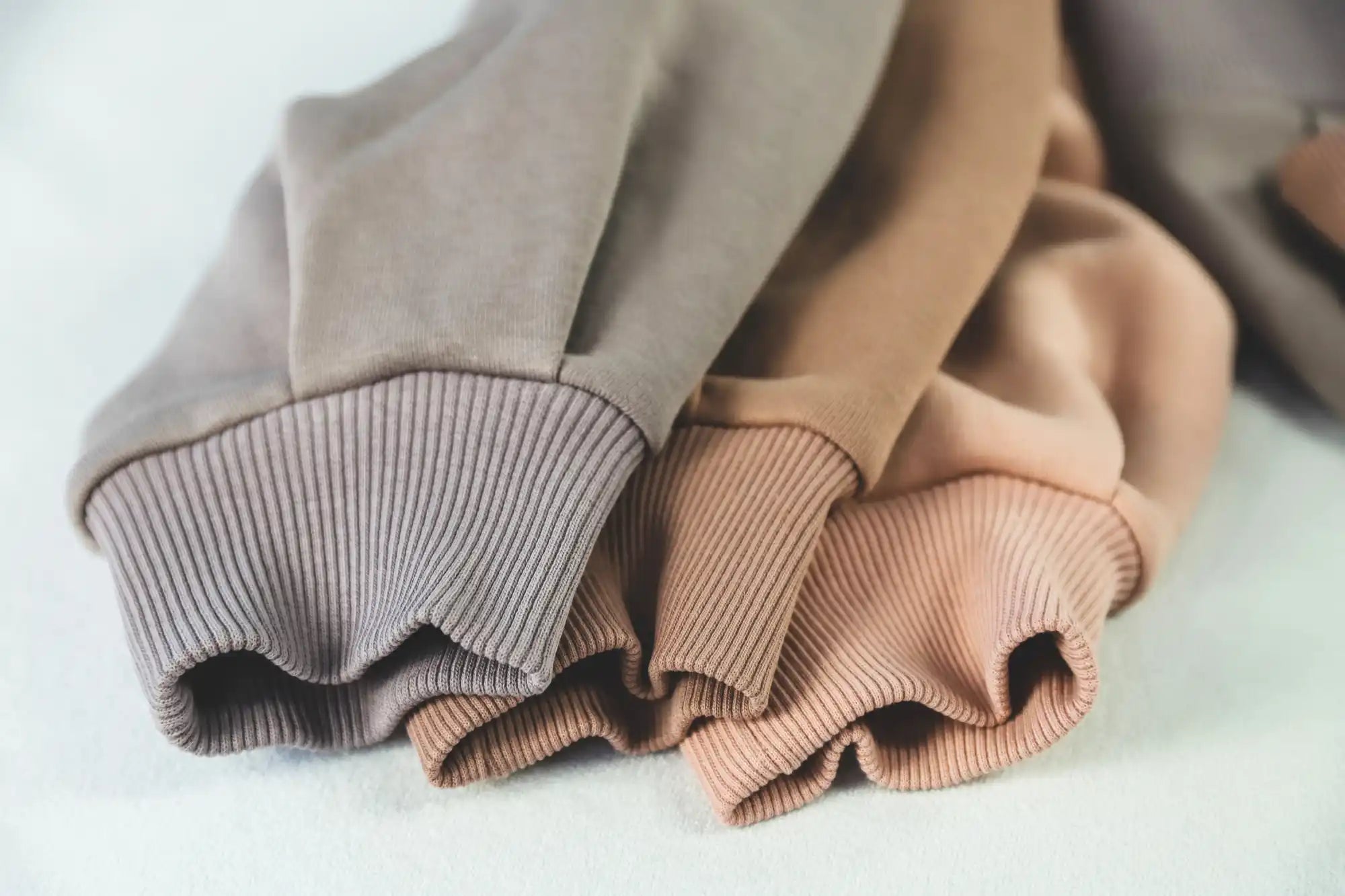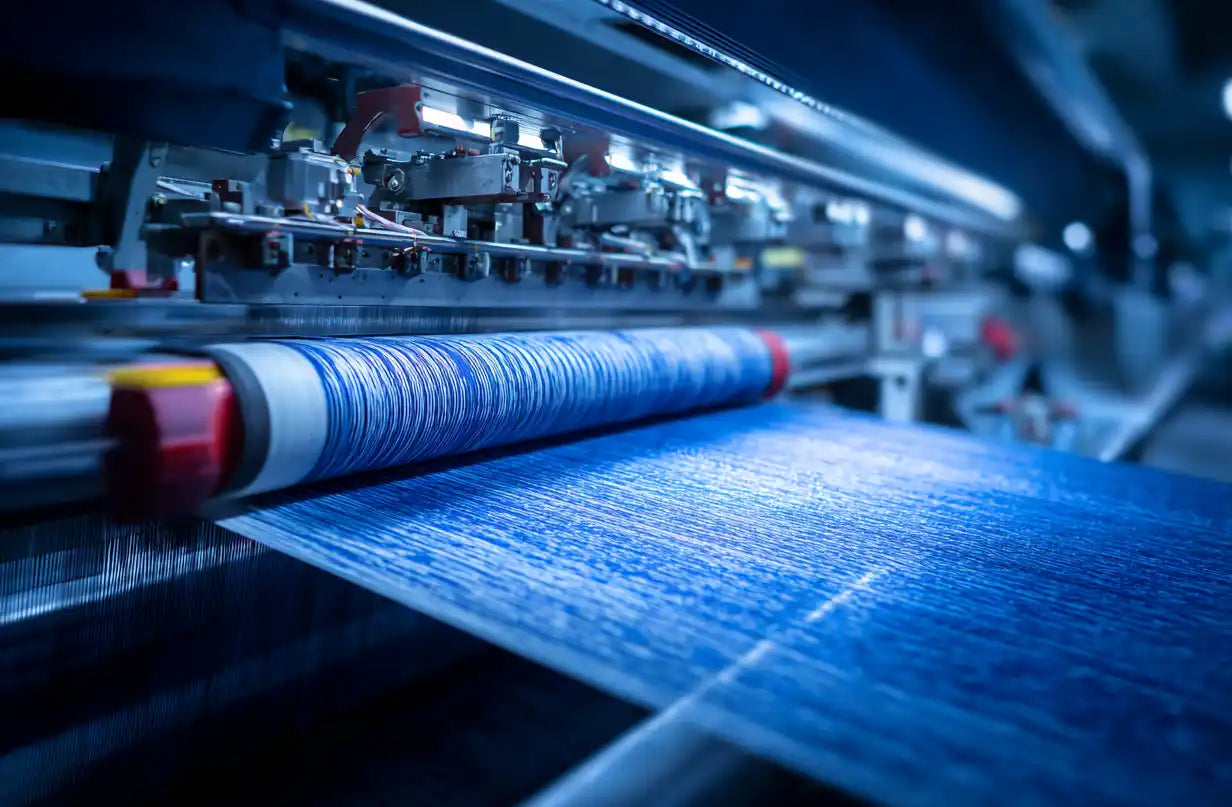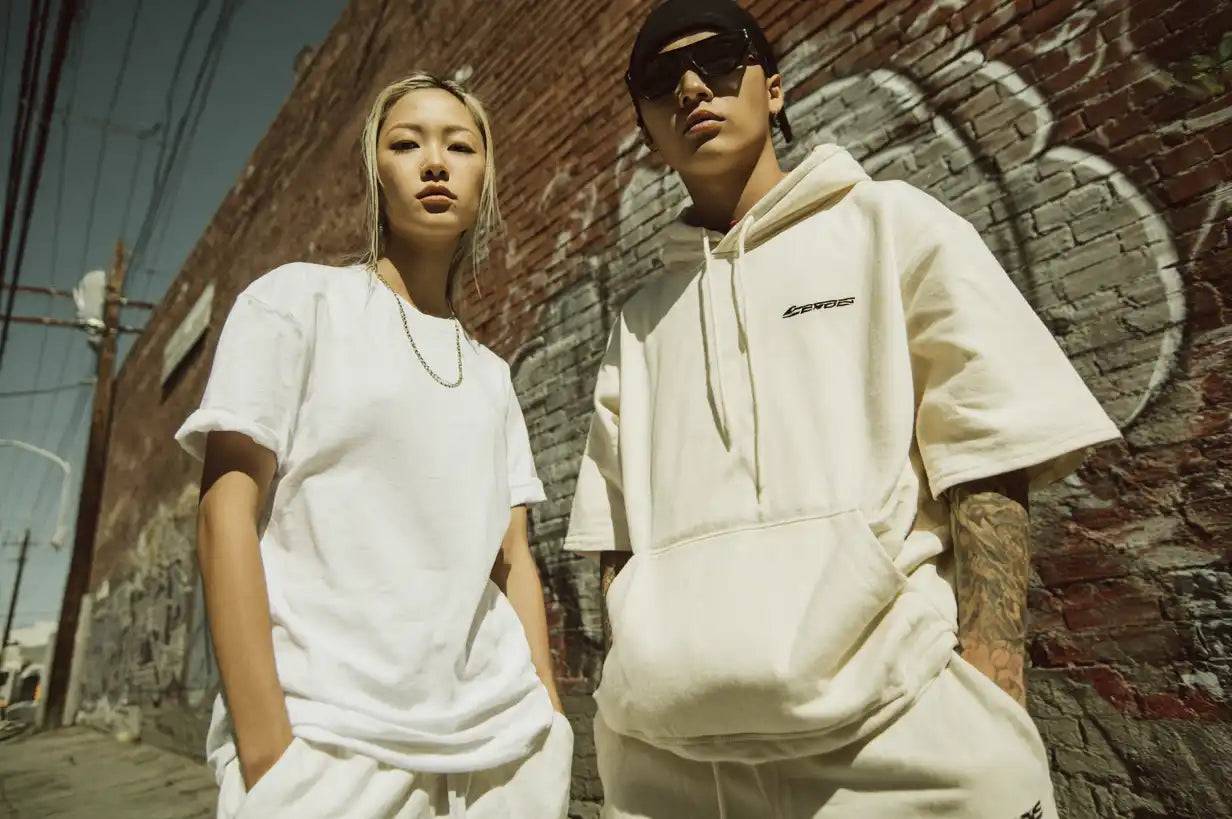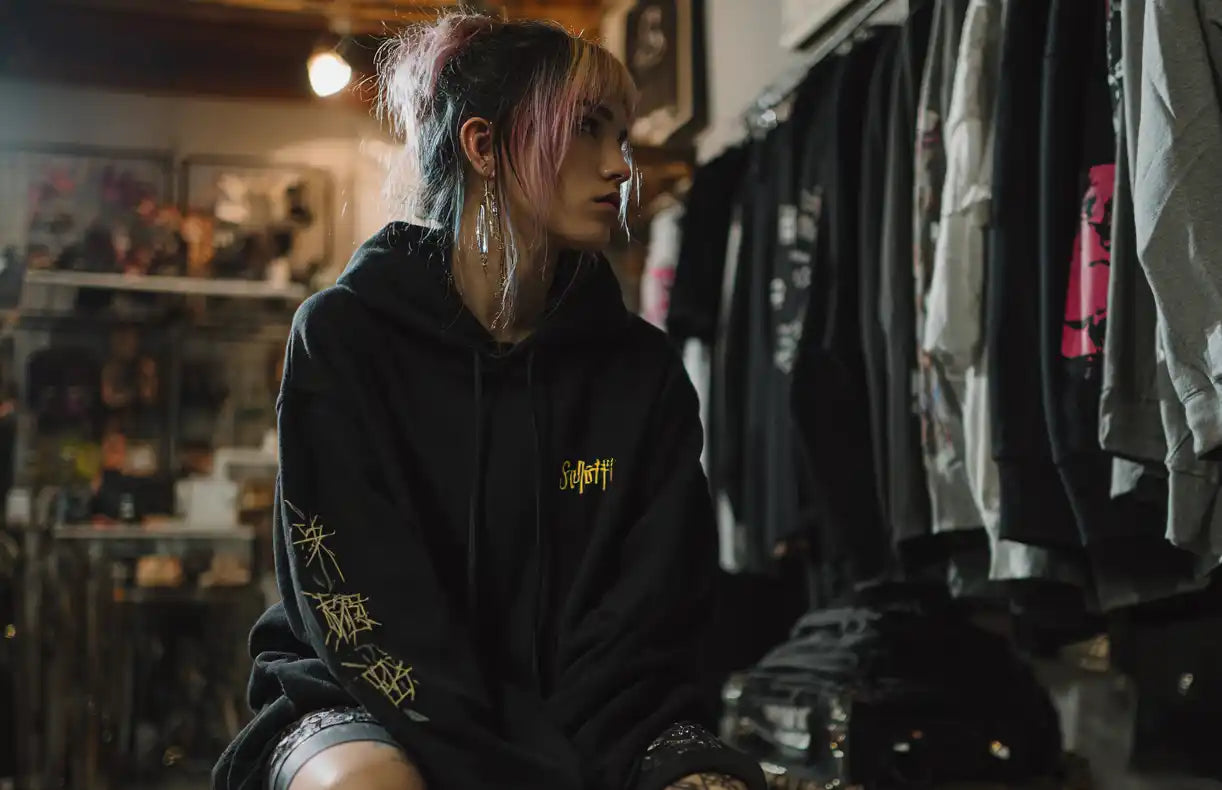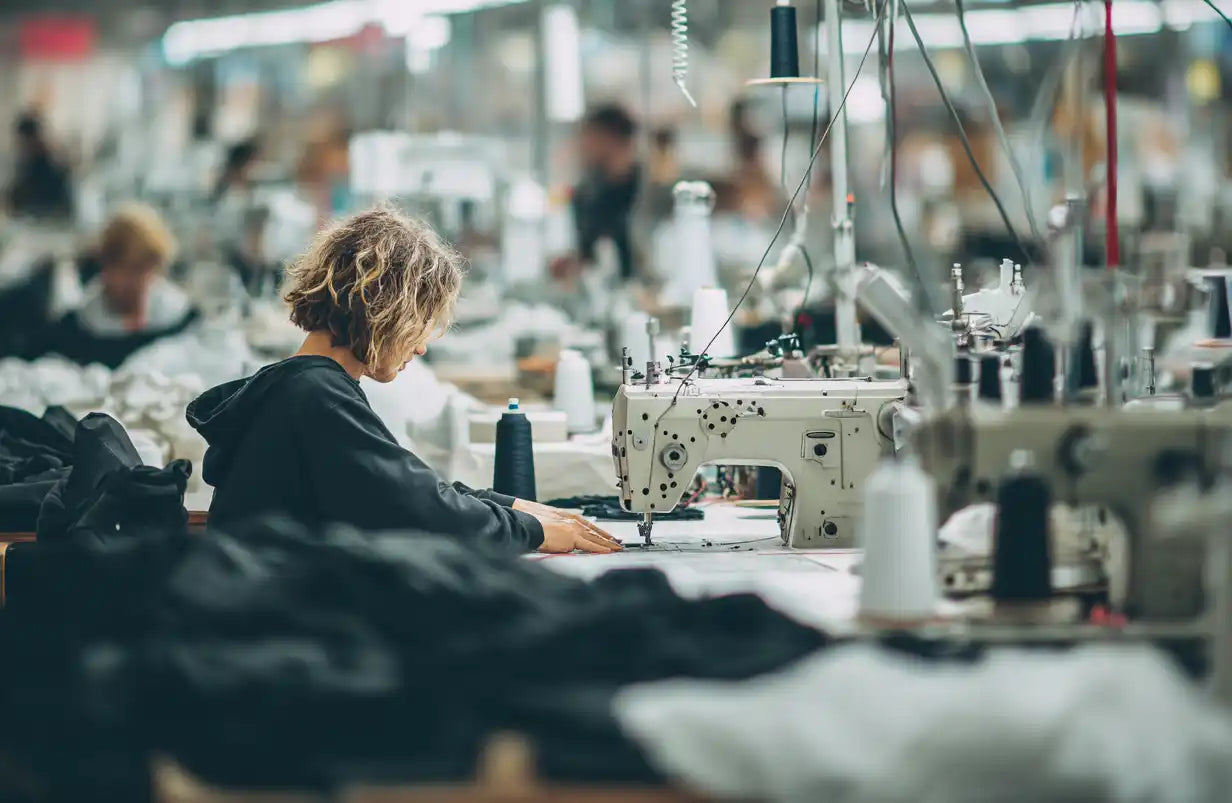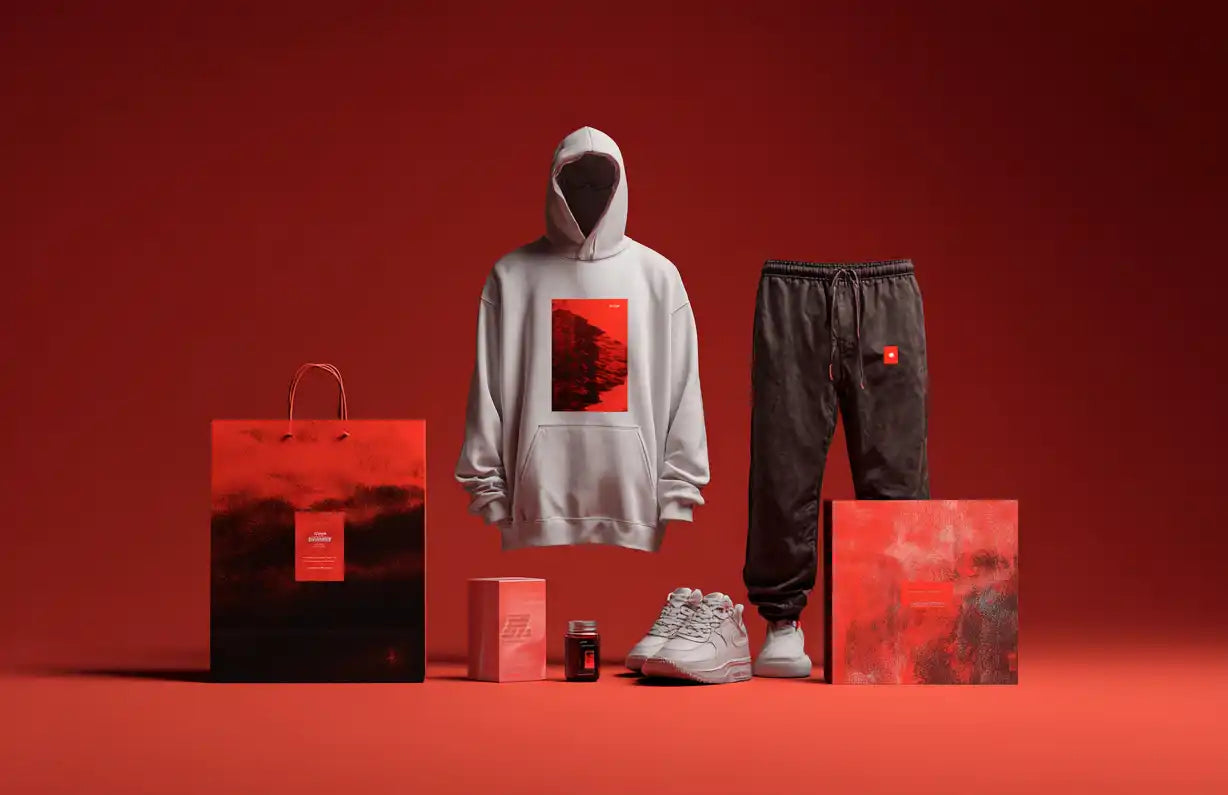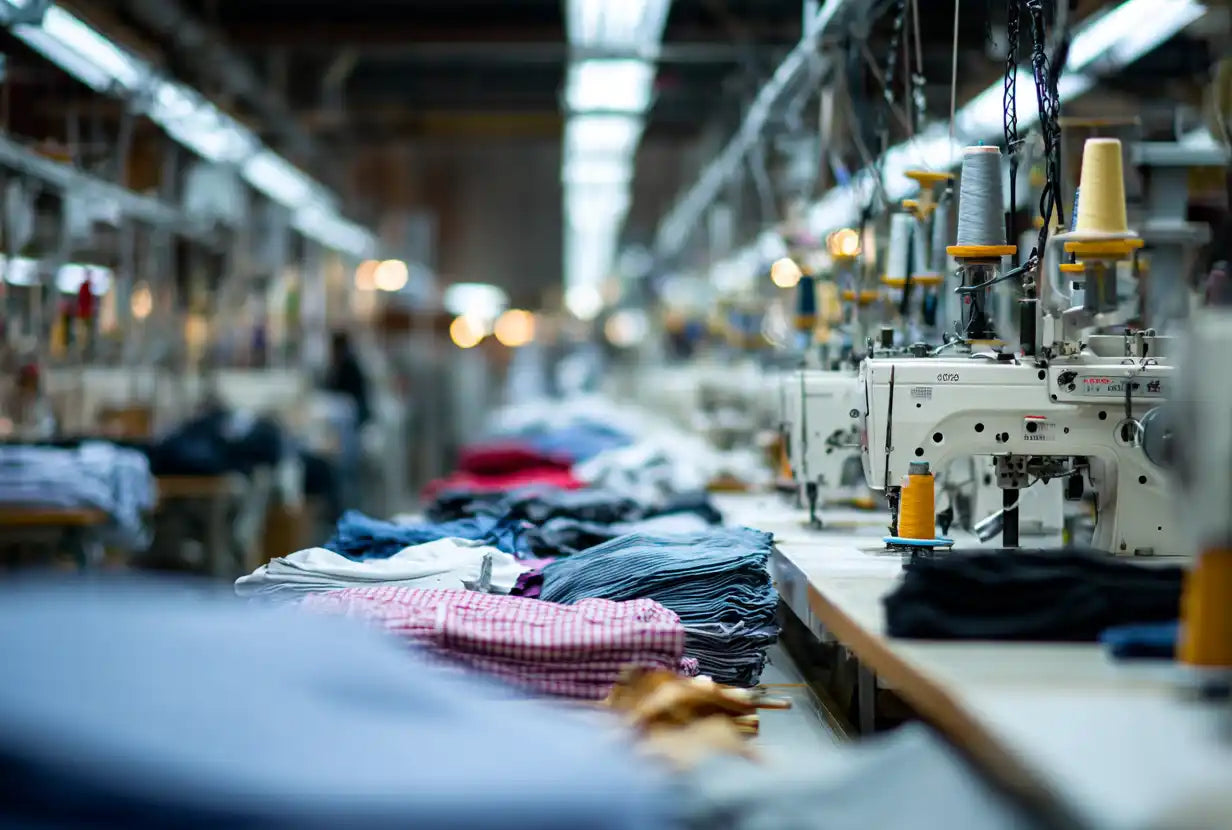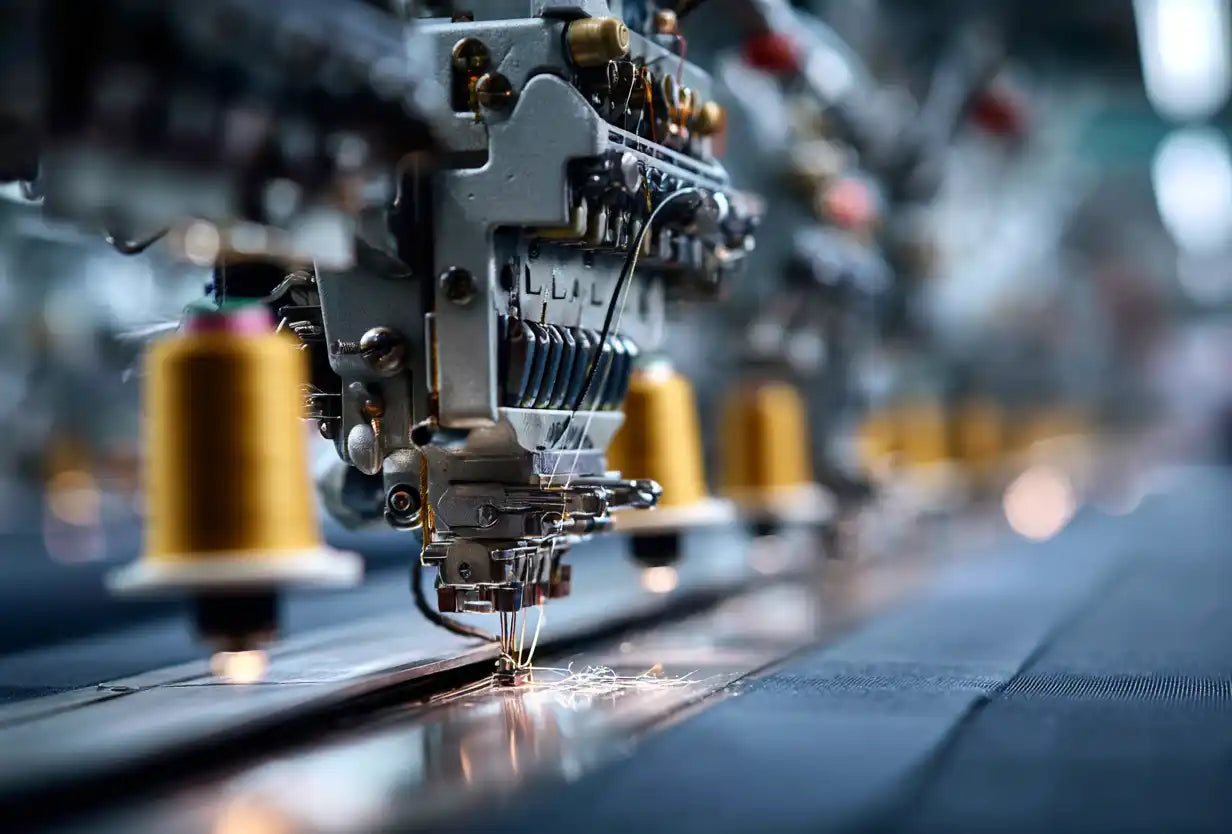Introduction: Why Fabric Choice Matters in 2025
As of 2025, fabric selection for T-shirts has become more than just a matter of comfort. With rising consumer demand for sustainability, ethical sourcing, and high-performance wear, brands and buyers alike are paying closer attention to what goes into a T-shirt.
According to McKinsey's State of Fashion 2025 Report, over 65% of global consumers prioritize eco-friendly fabrics when purchasing everyday apparel. Meanwhile, advances in fiber technology (recycled polyester, modal, Tencel) are reshaping the market.
This guide breaks down the best fabrics for T-shirts in 2025, comparing comfort, durability, and sustainability — with data, expert insights, and practical tips.
What to Evaluate in a T-Shirt Fabric
When selecting fabrics, consider four primary factors:
| Criteria | Why It Matters | 2025 Standard |
|---|---|---|
| Comfort | Directly impacts daily wearability | Breathable, soft, skin-friendly |
| Durability | Extends product life cycle | 50+ washes without significant wear |
| Sustainability | Reduces environmental footprint | Organic, recycled, or certified fibers |
| Printability | Compatibility with branding/graphics | Works well with DTG, screen, sublimation |
Fabric Selection Decision Framework
| Use Case | Recommended Fabric | Why It Works | GSM Range |
|---|---|---|---|
| Everyday Basics | Organic Cotton | Breathable, comfortable, versatile | 180-220 |
| Activewear | rPET Polyester | Moisture-wicking, durable, lightweight | 150-180 |
| Premium Lifestyle | Tri-Blend | Soft drape, vintage feel, comfortable | 160-200 |
| Luxury Athleisure | Tencel/Modal | Ultra-soft, sustainable, elegant drape | 170-210 |
| Sustainable Basics | Hemp Blends | Durable, eco-friendly, improves with wear | 190-230 |
| Budget Collections | 50/50 Blend | Cost-effective, durable, versatile | 180-220 |
T-Shirt Fabric Types 2025
1. Cotton (Organic & Ring-Spun)
What It Is: Cotton remains the most popular fabric for T-shirts, but the shift is towards organic cotton, grown without harmful pesticides, and ring-spun cotton, which is softer and stronger than regular cotton.
Key Properties
- Comfort: Highly breathable and soft
- Durability: Moderate shrinkage; ring-spun lasts longer
- Sustainability: Organic cotton reduces chemical use and water consumption
- Cost Index: $$ (Organic slightly higher than regular cotton)
2025 Trend: Organic cotton now makes up 24% of global cotton production (Textile Exchange 2025). Certifications such as GOTS and OEKO-TEX ensure consumer trust.
2. Polyester (Recycled PET a.k.a. rPET)
What It Is: Polyester is a synthetic fiber derived from petroleum. In 2025, its sustainable counterpart — recycled polyester (rPET) — is leading growth.
Key Properties
- Comfort: Lightweight, moisture-wicking
- Durability: High resistance to shrinkage and wrinkles
- Sustainability: rPET reduces CO₂ emissions by up to 45% vs virgin polyester (EPA 2024 Report)
- Cost Index: $–$$ (recycled slightly more expensive)
2025 Trend: Performance-focused brands use rPET in athletic and moisture-wicking activewear.
3. Cotton-Poly Blends (50/50 & Tri-Blend)
What They Are: Blends combine natural and synthetic fibers for a balance of comfort, stretch, and durability. The most popular are 50/50 cotton-polyester and tri-blends (cotton, polyester, rayon).
Key Properties
- Comfort: Soft drape; tri-blends offer vintage feel
- Durability: Stronger than 100% cotton; resists shrinkage
- Sustainability: Depends on fiber sourcing (tri-blends with recycled rayon or rPET score higher)
- Cost Index: $$–$$$ (tri-blends are premium)
2025 Trend: Tri-blends are increasingly used in premium lifestyle tees due to their softness and drape.
4. Modal & Tencel (Regenerated Cellulose Fibers)
What They Are: Modal and Tencel are semi-synthetic fibers made from regenerated cellulose (primarily beechwood and eucalyptus). Produced by Lenzing, they are renowned for sustainability.
Key Properties
- Comfort: Ultra-soft, breathable, drapes elegantly
- Durability: Shrink-resistant and color-retentive
- Sustainability: Closed-loop production cuts waste; FSC-certified sourcing
- Cost Index: $$$ (premium tier)
2025 Trend: Modal and Tencel are the fastest-growing fibers in athleisure, expanding at 10% CAGR (Times of India, 2025).
5. Recycled & Innovative Fabrics (Hemp, Bamboo, Future Tech)
What They Are: Beyond cotton and synthetics, 2025 has seen a surge in hemp, bamboo viscose, and lab-engineered fabrics.
Key Properties
- Comfort: Natural hemp softens with wear; bamboo feels silky
- Durability: Hemp = long-lasting; bamboo less durable
- Sustainability: Hemp = high yield, low input crop; bamboo's processing is resource-intensive
- Cost Index: $$–$$$
2025 Trend: Hemp is hailed as the "sleeper hit" of 2025 for sustainable fashion, with adoption by mid-market brands.
Fabric Performance Testing Data
| Fabric | GSM Range | Shrinkage Rate | Pilling Resistance | Color Retention | Wash Cycles |
|---|---|---|---|---|---|
| Organic Cotton | 180-220 | 3-5% | Good | Excellent | 40-60 |
| rPET Polyester | 150-180 | 1-2% | Excellent | Good | 70-90 |
| 50/50 Blend | 180-220 | 2-3% | Very Good | Very Good | 50-70 |
| Tri-Blend | 160-200 | 1-2% | Good | Excellent | 45-65 |
| Tencel | 170-210 | 1-2% | Very Good | Excellent | 55-75 |
| Hemp Blend | 190-230 | 2-4% | Excellent | Good | 60-80 |
Sustainability Impact Comparison
| Fabric | Water Usage (liters/kg) | Carbon Footprint (kg CO₂/kg) | Chemical Usage | Biodegradability | Recyclability |
|---|---|---|---|---|---|
| Conventional Cotton | 10,000+ | 4.0 | High | Yes | Limited |
| Organic Cotton | 3,500 | 2.5 | Low | Yes | Limited |
| rPET Polyester | 100 | 1.8 | Medium | No | Excellent |
| Tencel | 500 | 1.2 | Low | Yes | Good |
| Hemp | 2,000 | 1.5 | Very Low | Yes | Good |
| Bamboo Viscose | 800 | 2.0 | High | Yes | Limited |
Cost-Benefit Analysis
| Fabric | Initial Cost | Durability | Cost per Wear | Resale Value | Long-term Value |
|---|---|---|---|---|---|
| Conventional Cotton | $ | Medium | $0.15 | Low | Good |
| Organic Cotton | $$ | Medium-High | $0.12 | Medium | Very Good |
| rPET Polyester | $$ | High | $0.08 | Low | Excellent |
| Tencel | $$$ | High | $0.10 | High | Excellent |
| Hemp Blend | $$ | Very High | $0.07 | Medium | Outstanding |
Printing Compatibility Guide 2025
| Fabric | Screen Printing | DTG Printing | Sublimation | Heat Transfer | Special Notes |
|---|---|---|---|---|---|
| Cotton | Excellent | Excellent | Poor | Good | Best for most printing methods |
| Polyester/rPET | Good | Good | Excellent | Very Good | Requires low-cure inks |
| 50/50 Blend | Very Good | Very Good | Good | Excellent | Versatile for all methods |
| Tri-Blend | Good | Excellent | Good | Very Good | Great for vintage print looks |
| Modal/Tencel | Good | Very Good | Fair | Good | Pre-treatment recommended |
| Hemp Blends | Very Good | Good | Poor | Good | Natural texture affects print |
Sourcing Considerations by Fabric
| Fabric | Availability | Lead Time | Supplier Types | Price Stability | Quality Consistency |
|---|---|---|---|---|---|
| Conventional Cotton | High | 2-4 weeks | Mass manufacturers | Medium | High |
| Organic Cotton | Medium | 4-6 weeks | Specialty mills | Low | Medium |
| rPET Polyester | Medium-High | 3-5 weeks | Technical fabric specialists | Medium | High |
| Tencel/Modal | Medium | 6-8 weeks | Premium fabric mills | High | Very High |
| Hemp Blends | Low | 8-12 weeks | Specialty sustainable mills | Low | Medium |
Fabric Care Instructions (2025 Best Practices)
| Fabric | Washing | Drying | Ironing | Special Notes |
|---|---|---|---|---|
| Cotton & Organic Cotton | Wash cold, air dry to minimize shrinkage | Air dry preferred | Medium heat | Avoid harsh detergents |
| Polyester & rPET | Wash in cold water with microfiber filter | Low heat tumble or hang dry | Low heat | Reduces microplastic shedding |
| Tri-Blend | Wash inside out for print longevity | Medium heat | Low heat | Avoid bleach, use gentle cycles |
| Modal/Tencel | Cold wash, line dry | Air dry only | Steam only | Avoid fabric softeners |
| Hemp | Wash gently; becomes softer with time | Best air-dried | Medium heat | Improves with each wash |
Recommended Visual Content Strategy
Essential Images & Diagrams
- Fabric texture close-up comparisons
- GSM weight visual guide with samples
- Care instruction infographics by fabric type
- Sustainability impact comparison charts
- Printing compatibility visual guide
- Fabric durability testing demonstrations
Educational Content
- Fabric construction process animations
- Sustainability certification explanation videos
- Printing technique comparison on different fabrics
- Care and maintenance tutorial videos
Frequently Asked Questions
What's the most durable T-shirt fabric?
Hemp blends and rPET polyester are the most durable options. Hemp offers natural strength and improves with washing, while rPET polyester provides excellent resistance to shrinkage, wrinkles, and general wear with 70-90 wash cycle longevity.
How to choose between cotton and polyester?
Choose cotton for breathability, natural feel, and everyday comfort. Choose polyester for activewear, moisture-wicking performance, and durability. For balanced needs, consider cotton-polyester blends that offer the benefits of both materials.
Which fabric is best for sensitive skin?
Organic cotton and Tencel are ideal for sensitive skin. Organic cotton is naturally hypoallergenic and free from chemical residues, while Tencel's smooth fiber structure reduces friction and irritation on sensitive skin.
What's the most sustainable T-shirt fabric?
Tencel and hemp are the most sustainable options. Tencel uses closed-loop production with 99% solvent recovery, while hemp requires minimal water and pesticides while improving soil health. Both offer excellent biodegradability.
Which fabric holds prints best?
100% cotton and 50/50 cotton-polyester blends hold prints best. Cotton provides excellent ink absorption for DTG and screen printing, while blends offer good performance across all printing methods with minimal shrinkage issues.
How much does fabric choice affect T-shirt cost?
Fabric choice can affect cost by 300-500%. Conventional cotton starts around $4-6 per shirt, while premium Tencel or organic cotton with certifications can cost $15-25. Consider cost per wear rather than initial price for true value comparison.
Fabric of the Year 2025
Based on comfort, durability, and sustainability, the winner is: Tencel (Lenzing) — Ultra-soft, eco-certified, and premium-grade. With 10% CAGR growth, it's setting the standard for the future of T-shirts.
Conclusion & Next Steps
Choosing the right fabric in 2025 isn't just about style — it's about sustainability, performance, and longevity. Whether you prefer organic cotton basics or Tencel luxury tees, the right fabric defines the value of your wardrobe.
Your Fabric Selection Action Plan:
- Identify your primary use case - everyday wear, activewear, or premium lifestyle
- Consider your sustainability priorities - water usage, carbon footprint, or chemical reduction
- Evaluate printing and branding needs - choose fabrics compatible with your decoration methods
- Test multiple fabric options - request swatches and conduct wear tests
- Calculate long-term value - consider durability and cost per wear, not just initial price
- Verify certifications and sourcing - ensure ethical and sustainable production practices
Remember: The perfect T-shirt fabric balances comfort, performance, and environmental impact. Your choice should align with your brand values, customer expectations, and quality standards for long-term success.
Ready to upgrade your fabric selection? Download our complete fabric comparison checklist and make informed decisions for your 2025 collections.

